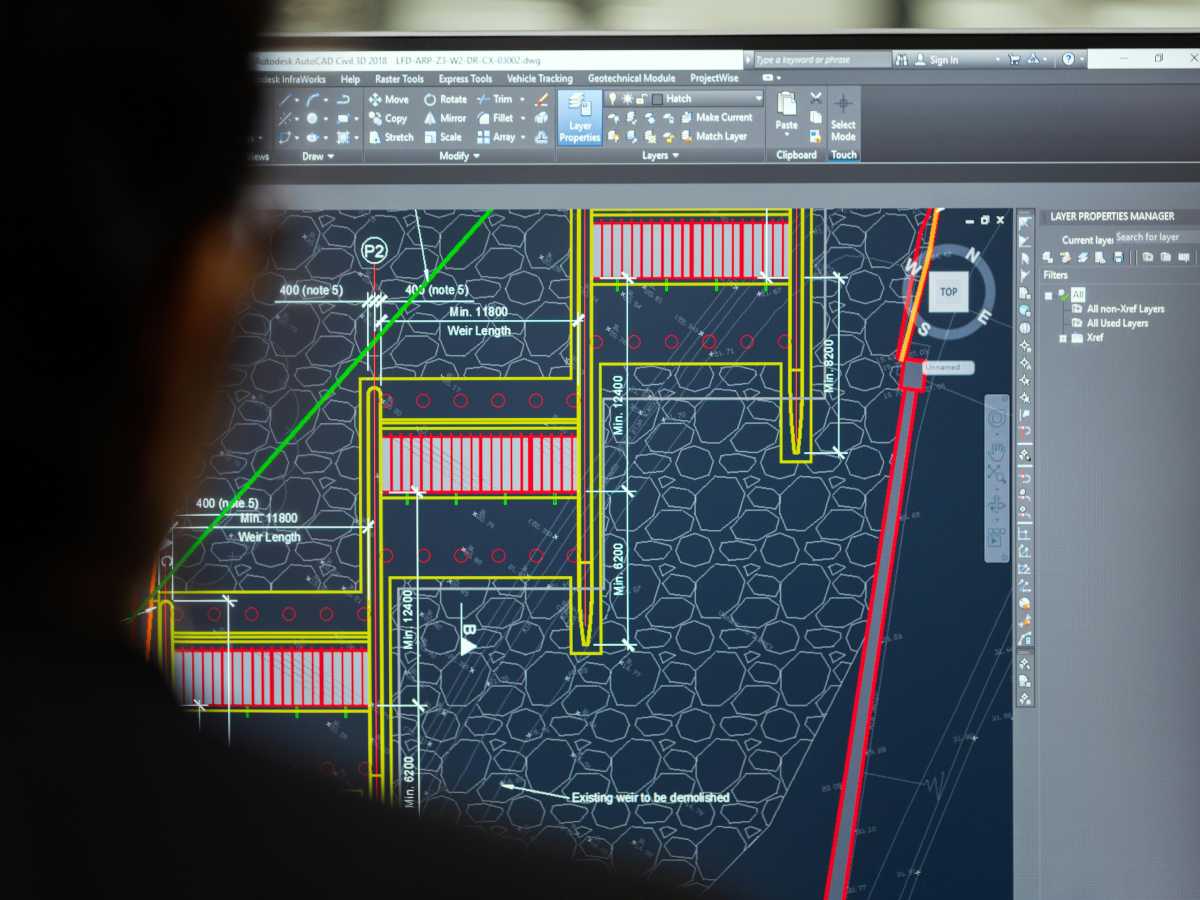When we think about engineering, we often imagine workers in hard hats using tools, welding machines, and other physical instruments. But beneath the more obvious instruments, engineering is driven by technology. In fact, the field of engineering is defined by its utilization of technology to create solutions for real-world problems. So, what tools and technologies are essential to engineering? In this blog post, you will explore six of the most important instruments driving the tech side of engineering.
Engineering is an expansive discipline. In essence, it encompasses the practical application of scientific and mathematical principles to devise, construct, and maintain structures, machines, devices, systems, materials, and processes. This field has been integral to the advancement of society since ancient times, from the construction of pyramids to the invention of the wheel.
With the advent of modern technology, the realm of engineering has witnessed a radical transformation. Computer-aided design (CAD) programs have replaced traditional blueprints, enabling engineers to create precise, efficient designs with comprehensive detail. Simulation software has allowed for extensive testing and validation of designs before they are physically constructed. 3D printing technology has revolutionized prototyping, enabling faster iteration and innovation. These are just a few examples of the myriad ways that technology has been gradually integrated into engineering, increasing efficiency, accuracy, and the potential for innovation.
Indeed, the specific technologies utilized by engineers can vary significantly based on their area of expertise. For instance, civil engineers may rely heavily on Geographic Information Systems (GIS) to analyze and visualize geographical data, aiding in the planning and execution of infrastructure projects. Electrical engineers, on the other hand, may use tools like SPICE (Simulation Program with Integrated Circuit Emphasis) for circuit simulation and design. Mechanical engineers often employ Finite Element Analysis (FEA) software to model stress and strain on mechanical parts, while environmental engineers use hydrologic modeling software to predict water flow and contamination spread. This diversity of tools underscores the complex and multifaceted nature of engineering, reflecting how each sub-discipline incorporates technology to address unique challenges and requirements.
Here’s more about some of the key pieces of technological kit engineers use in their profession nowadays.
Table of Contents
1. CAD Software
One of the key components of modern engineering is computer-aided design, or CAD, software. This software integrates design, analysis, and manufacturing solutions for optimal efficiency in the engineering process. CAD software has revolutionized engineering by enabling designers to create detailed 2D and 3D models, simulate product functionality, analyze design performances, and iterate designs before they’re manufactured. With CAD software, designs can be easily shared and modified in real-time, making the design process faster, more precise, and cost-efficient.
2. Signal Generators
Signal generators are an essential tool in the tech behind engineering. These devices are used to create electronic signals, either repeating or non-repeating, in the form of analog, digital, or both. Signal generators and signal sources play a pivotal role in designing, testing, troubleshooting, and repairing electronic devices. They can be used to stimulate responses from electronic devices called devices under test (DUT), which can then be monitored for the desired output. Through this, engineers can verify hypotheses, solve problems, and even foresee potential issues before the final product is released. Given the wide range of applications, signal generators are a fundamental tool in the engineer’s technological arsenal.
3. 3D Printing Technology
3D printing technology is another essential instrument in engineering. This technology enables engineers to quickly produce prototypes and functional parts using various materials. 3D printing has revolutionized the prototyping processes of engineers, allowing for the creation of intricate geometries that would be impossible to produce with traditional manufacturing methods. Using 3D printing technology, engineers can quickly iterate their designs, test functionality and appearance, and optimize their designs in real-time. In addition, 3D printing technology can save significant amounts of time and costs for producing bespoke parts.
4. Virtual and Augmented Reality
Virtual and augmented reality (VR/AR) technologies enable engineers to simulate real-world scenarios and design solutions for complex problems. Engineering VR/AR tools help to visualize designs in 3D and allow engineers to manipulate and interact with designs, making the design process more collaborative and efficient. For example, with VR/AR, engineers can analyze designs for errors, detect potential issues, and simulate product performance over time. These technologies allow engineers to virtually test and optimize their designs before they’re constructed, saving time and resources, and making them more effective.
5. PLC systems
Programmable logic controllers (PLC) are the brains behind modern manufacturing processes. They are used to automate critical processes, such as assembly, packaging, and material handling. PLC systems have revolutionized manufacturing by enabling advanced automation, seamless communication, and machine-to-machine integration. With PLCs, engineers can design and manage automated processes, monitor performance, and optimize operations in real-time. These systems enable the creation of efficient and cost-effective manufacturing systems for various industries, including automotive, aerospace, and consumer electronics.
6. Simulation Software
Simulation software is used to analyze complex systems in engineering, such as the performance of mechanical systems, fluid dynamics, and structural engineering. Simulation software allows engineers to simulate the behavior of a system under different conditions, analyze the results, and optimize performance for the desired outcome. With simulation software, engineers can analyze design failures, detect potential issues, and optimize designs for maximum efficiency. This technology is essential to engineering as it enables the design and testing of complex, interdependent systems.
Engineering is an intrinsically technological field, and new advancements continue to shape how engineers design and complete projects. The use of CAD software, signal generators, 3D printing, VR/AR, PLCs, and simulation software have transformed modern engineering and continues to do so with new advances. As the field of engineering continues to grow and evolve, so too does our ability to solve problems, and these tools will remain essential to the work that we do. By understanding these key technologies, we can not only appreciate the complexity of engineering, but also become more aware of the impact these instruments have on our daily lives.

